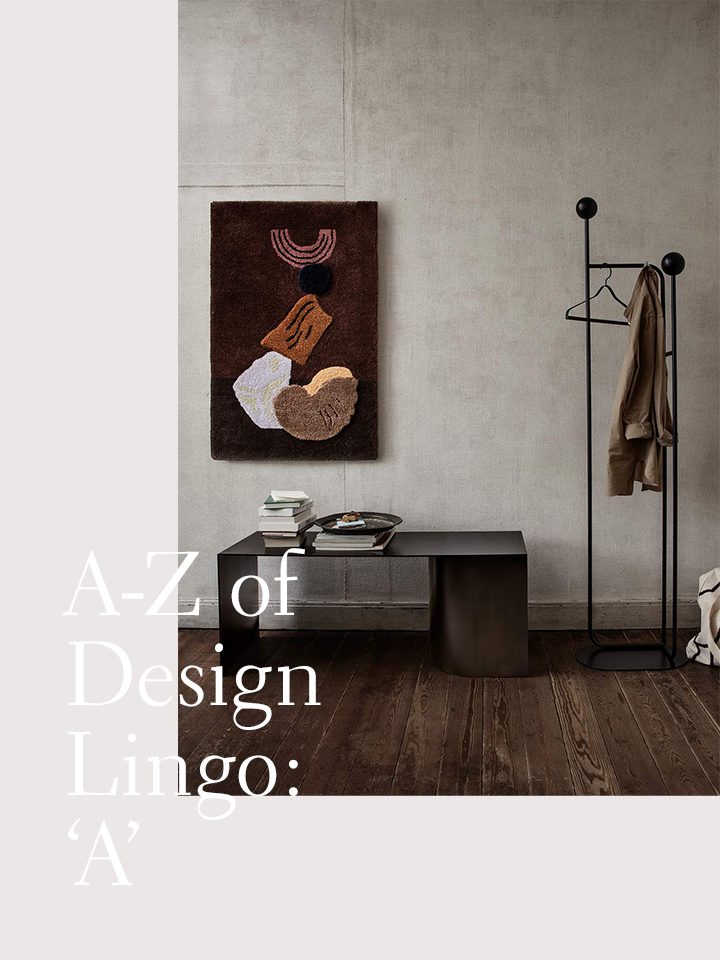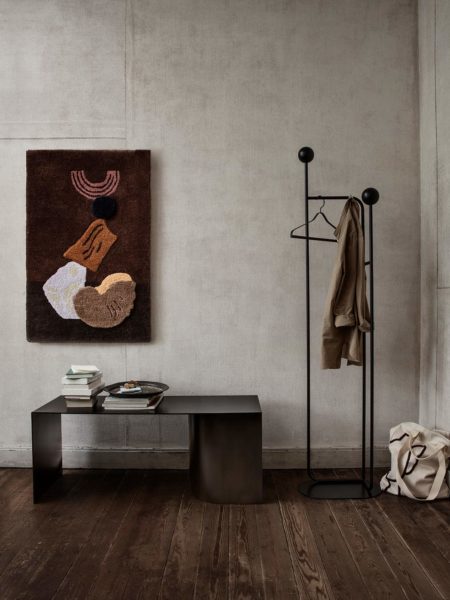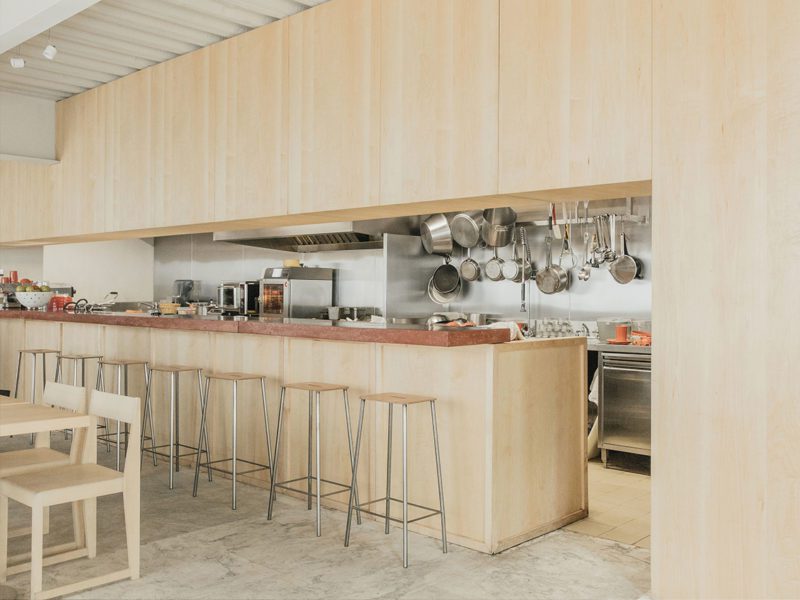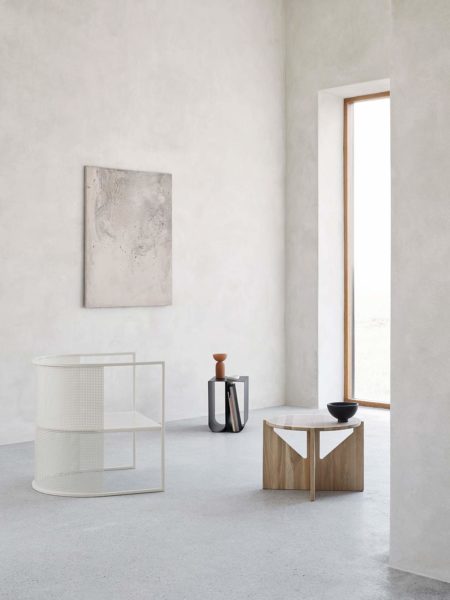
Welcome to our ongoing series, where we guide you through a bunch of design words you may hear in the world of interiors, but not quite understand. We’re not throwing out dictionary definitions here, this ain’t no lecture. We’re keeping it chill and light hearted; and we’re starting with the letter A.

Asymmetry
Think of your interior as a blank canvas, waiting for you to fill with all sorts of bits and pieces. Let’s call these bits and pieces, elements. Elements can be anything from furniture, to décor, to lighting, to art. How you choose to place these elements can be approached in two ways; symmetrical, or asymmetrical.
An asymmetrical layout is an absence of symmetry, where things don’t reflect exactly when split down the middle. The beauty of an asymmetrical distribution of elements is the visual tension it creates, whilst allowing for a greater freedom of expression.
What makes asymmetry work in a space is balance. Consider the visual weight of each element, and do your best to distribute evenly throughout. A great way to practice is with a small shelf, or side table; create balance by experimenting with various silhouettes to create an asymmetrical paradise.

Analogous
When you hear a designer bring up the word analogous, start thinking colour. More specifically, colour schemes. You may be familiar with the colour wheel, a big circle of different tints and shades of different colours, blending into one another like a big round rainbow.
An analogous colour scheme incorporates colours that appear next to one another on the colour wheel. They will usually appear harmonious, creating a serene and comfortable design, so are fairly easy to work with and great when not feeling particularly experimental. Contrast is essential in analogous colour schemes, as is having one dominant colour supported by a second, or third ‘sub-colour’.

Accent
The term accent comes from the idea of creating emphasis or stress. In the world of interiors and design, it’s often used to describe a unique piece of furniture, decor, or colour, that stands out in the environment it’s placed in. Accent pieces are employed to draw attention, creating a ‘wow-factor’ and focal point.
It is often the case here that functionality comes second to form. The decorative nature of these accent pieces provide a statement, and communicate the overall look and feel of a room. Sculptural, exciting, unique, eye-catching, and ornate, are all characteristics found in a good accent piece.
